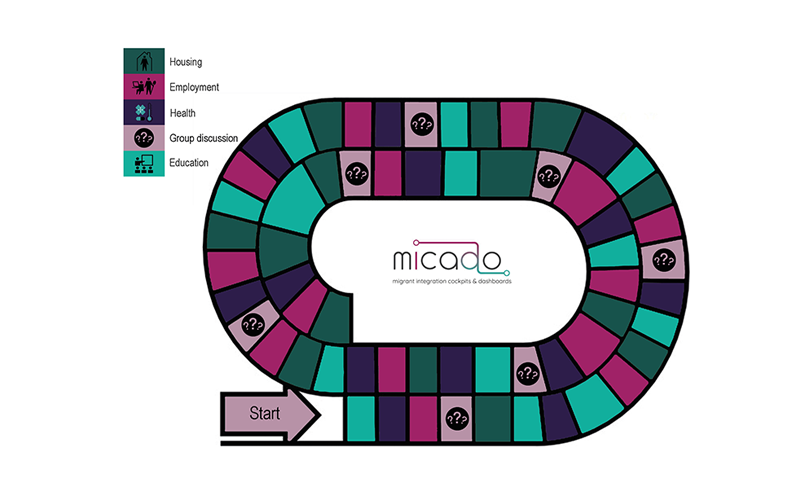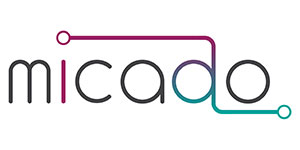
05 May MICADO’s user-oriented approach focused on local demand and co-creation
One major characteristic of the MICADO project is its participatory approach. From the beginning of the project, potential users and stakeholders are included in the creative process of development of the MICADO cockpits and dashboards. With its participatory procedure MICADO provides for social innovation as it purposefully draws “bottom up” impulses from a multitude of stakeholders. Why? Because only the user perspective can provide a profound insight on needed functionalities of the new tools and aspects of usability. Lore van Praag from the University of Antwerp is the leader of Work Package 2 “Local user demand and co-creation” and gives an insight into the work that has been done:
MICADO: How was the local user demand analysis and co-creation implemented specifically?
Lore van Praag: We first made a selection of different target groups (i.e., migrants, local authorities and communities) and decided who to invite. During the co-creative workshops, different ‘tools’ (like an adapted version of a goose board, maps as a starting point for journey mapping) were developed, and tested, to stimulate creativity in such way that we could incorporate it in the project.
M: What are the outcomes?
LvP: The co-creative workshops yielded interesting findings, as we gauged about how would an ideal world work, and what need to be changed (in terms of policy, but also in terms of digital tools) to facilitate migrant integration. We gained insights in hindrances migrants encounter in the domains of employment, education, health and housing. In some cases, migrants referred to structural problems that would go beyond the scope of the developed MICADO tool, but are important to frame their integration experiences. Local authorities and communities also often mentioned similar hindrances that complicated how they could support migrant integration. The co-creative workshops showed how all these perspectives could be combined, but also that we certainly need to consider the local structures in which people are embedded and city and country differences in migrant integration.
M: In your point of view, did the method work?
LvP: Yes! The methods mainly realised its promise, and stimulated the process of creativity of all participants. Moreover, we became quickly aware that participants had a lot of input, on all thematic and transversal domains present in the MICADO project. As this was sometimes so extensive, we actually were running out of time. Also, we had started from this open-minded, bottom-up approach, which is very interesting from a research perspective, however, conducting more sessions could have been even better, to further streamline the data and come in a co-creative way to a final end-product.
M: What did you personally like about working in this work package?
LvP: To get to know more about the co-creation practices, and think more in terms of co-design together with the technical developers.
M: What would you do differently next time?
LvP: I would conduct more co-creative sessions, or reduce the number of themes that need to be discussed. I would also spend more time in the involvement of technical developers from the start and conduct more co-design workshops.
M: Thanks, Lore, for these insights!
The results of this work package are very important for the next step, the identification of common needs in all of the participating countries and the definition of the minimal viable product.
